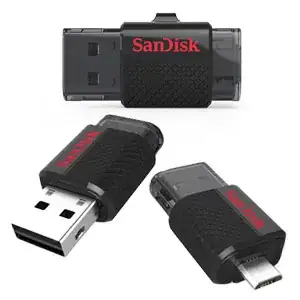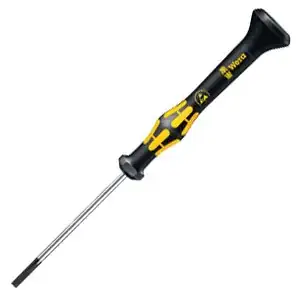When I plug-in my 16GB Alcor Micro Corp. Flash Drive into my openSUSE 13.2 (Linux 3.16.7-35-desktop x86_64 GNU/Linux) system, I get the following from journalctl -f:
kernel: scsi 25:0:0:0: Direct-Access Generic USB Flash Disk 7.76 PQ: 0 ANSI: 4
kernel: sd 25:0:0:0: Attached scsi generic sg2 type 0
kernel: sd 25:0:0:0: [sdb] Attached SCSI removable disk
but fdisk -l only shows /dev/sda1 through /dev/sda7 - no /dev/sdbX; and it can't find /dev/sdb, either:
jsn-dev:/home/jan # /usr/sbin/fdisk /dev/sdb
Welcome to fdisk (util-linux 2.25.1).
Changes will remain in memory only, until you decide to write them.
Be careful before using the write command.
fdisk: cannot open /dev/sdb: No medium found
The USB subsystem does seem to find it, however:
jsn-dev:/home/jan # lsusb
Bus 002 Device 004: ID 0451:8044 Texas Instruments, Inc.
Bus 002 Device 003: ID 0451:8044 Texas Instruments, Inc.
Bus 002 Device 002: ID 8087:0024 Intel Corp. Integrated Rate Matching Hub
Bus 002 Device 001: ID 1d6b:0002 Linux Foundation 2.0 root hub
Bus 004 Device 002: ID 0451:8046 Texas Instruments, Inc.
Bus 004 Device 001: ID 1d6b:0003 Linux Foundation 3.0 root hub
Bus 003 Device 004: ID 046d:c326 Logitech, Inc.
Bus 003 Device 003: ID 0451:8044 Texas Instruments, Inc.
Bus 003 Device 002: ID 04ca:0061 Lite-On Technology Corp.
Bus 003 Device 001: ID 1d6b:0002 Linux Foundation 2.0 root hub
Bus 001 Device 003: ID 058f:1234 Alcor Micro Corp. Flash Drive <--
Bus 001 Device 002: ID 8087:0024 Intel Corp. Integrated Rate Matching Hub
Bus 001 Device 001: ID 1d6b:0002 Linux Foundation 2.0 root hub
I can't write over the partition table with dd also fails:
jsn-dev:/home/jan # dd if=/dev/zero of=/dev/sdb
dd: failed to open ‘/dev/sdb’: No medium found
I have tried all the USB ports in my Dell T7610 system with the same results.
Any ideas how I can debug this further?

